The woman who follows the crowd will usually go no further than the crowd. The woman who walks alone is likely to find herself in places no one has ever been before.
She is a woman with a mission: to bring contemporary Middle Eastern art to the forefront of the frenzied art world. BBeyond met her to talk about Lahd Gallery, which is celebrating a decade since its inception this year.
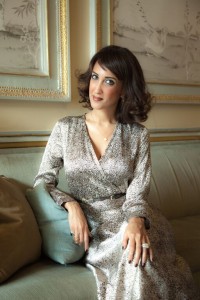
The original champion for contemporary Middle Eastern Art and de facto ambassador, H.H Dr. Nauf Bendar Al Saud set up Lahd Gallery as the first exhibition space of its kind in Saudi Arabia.
BBeyond: How did a scientist by training (who got her doctorate in May) get involved in the arts?
“I am a scientist by profession. Ten years ago I was working in the King Faisal hospital in Riyadh in genetic research, having just finished my undergraduate study. While there, I met a lot of other women – either scientists, doctors, or friends of theirs – who were artists or had a passion for the arts. Some of them were extraordinarily talented. When asked why they didn’t exhibit, they told me there was no place to exhibit in Saudi Arabia, and, even if there were, one would have to go via the cliques of artists, [who were part of The Art Movement, which became] the establishment in the 1950’s. Often if you went through them, the art works were neglected or they didn’t take you seriously. It completely shocked me and was my ‘eureka’ moment. So I decided to create a platform exclusively for women artists in Saudi Arabia. At the beginning I just wanted to promote and champion underrepresented women artists. It’s only later on when the gallery met with a lot of success that we expanded and started supporting all emerging and young talent from the MENASA region.”
BBeyond: How did you find and select the artists you wanted to represent?
“In the beginning we had to go to artists’ studios. At that time people were not trusting; they would not send you their CVs or art work unless they knew you. There was this whole relay back and forth – having tea, a la Middle Eastern culture. People started to trust Lahd Gallery. I promoted the GCC countries first before going onto MENASA. Our gallery is not for emerging or established artists; it is the middle ground to launch artists before sending their works to institutions – museums, large galleries etc.”
BBeyond: Such a radical explosion of contemporary art in Saudi Arabia must have encountered some opposition, surely?
“It met with a lot of surprise, first of all; at the beginning there were mixed feelings. We had a lot of challenges – I’m not saying it was an easy road but we just persevered. In 2010 we franchised the gallery to Hampstead, London, and this is where the gallery’s name really took off. The gallery became international.
From 2014 we went digital and got rid of the two physical spaces. Embracing the technological age, we now have a team working all over the world. Our artists became global, and globally connected. I’m one of the few Middle Eastern galleries that have collectors from all continents.”
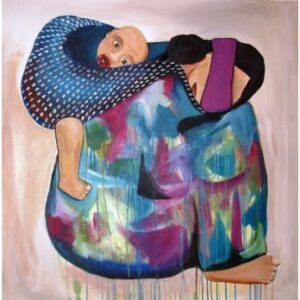
BBeyond: With the advent of myriad art fairs, do you think Middle Eastern art has taken off?
“The Middle Eastern market scares me a little. It’s where an artist comes from out of the blue and becomes famous for one or two years and then disappears. It’s a buoyant market. It’s not slowly and progressively building up. This is symptomatic of several other emerging markets – the Chinese or Russian market, for example. I prefer to grow organically. I feel that when you have a strong base, it’s very difficult for you to go back down so fast.”
Some people see contemporary Middle Eastern art as an investment, others just want to get what’s hip and out there. This has always been the case with trendsetters and the art world flock, respectively. We talk a little about the superficiality culture that has invaded this generation and the need for standards to be upheld. The vacuity within shows and ‘popular culture’ is a topic we both feel strongly about – and one that puts into relief the sheer impressiveness of Princess Nauf’s mission, a mission that is propelled by pure passion.
She eschews the sugar-coated parading of ‘art’ around pop-up fairs and business districts – all the white noise – in favour of her own art salons. She has a discerning clientele; high-brow, yet low-key: the “non-bling” individuals of the Middle East. But it wasn’t always so easy. “It was a rollercoaster ride, right from the start”.
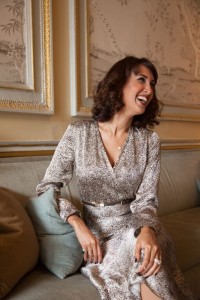
BBeyond: Future plans?
I was recently nominated for the United Nation awards in New York for my work. In September we effected a cultural exchange between MENASA photography and works in Amsterdam – a first for the city.
When I ask where she see herself and the gallery in ten years, she tells me she doesn’t have – or believe in – a ten year plan. Her secret emerges….when she first started she didn’t have a business plan. Going upon a God instinct, it worked.
“I’m not saying do it, but sometimes when you’re really passionate about it, it does work.”
The Art and Le Salon de Lahd
Inspired by Wallada bint al-Mustakfi and the 17th century Parisian salons, the multi-disciplinary Le Salon de Lahd event brought together over 400 individuals from 64 countries.
Cherry-picking artists from the MENASA region is certainly tricky – countries that have been or are in the throes of civil wars don’t breed conditions for showcasing creativity. Thus exhibiting works by Suhair Subai or Rashwan Abdelbaki, for example – both expatriate Syrian artists – is a worthwhile initiative to bridge cultures. The event was a snapshot of Lahd Gallery’s ambition to create a gateway to modern Arab sensibility.
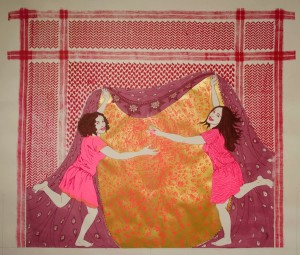
The auction also included works by Tugberk Selcuk (who gender-reversed the Snow White fairytale in an interactive performance), John Martono, Anas Homsi, renowned Lebanese artist Mouna Rebeiz, Asli Erel, Anan Al Olayan, Hend Al Mansour and Wadia Boutaba. The works – iconic for representing the Middle East in a contemporary vein – are fluid, bold, and richly coloured, with both figurative and abstract interlocking forms. These are important works for both the cultural currency they hold and also for their aesthetic and technical brilliance.

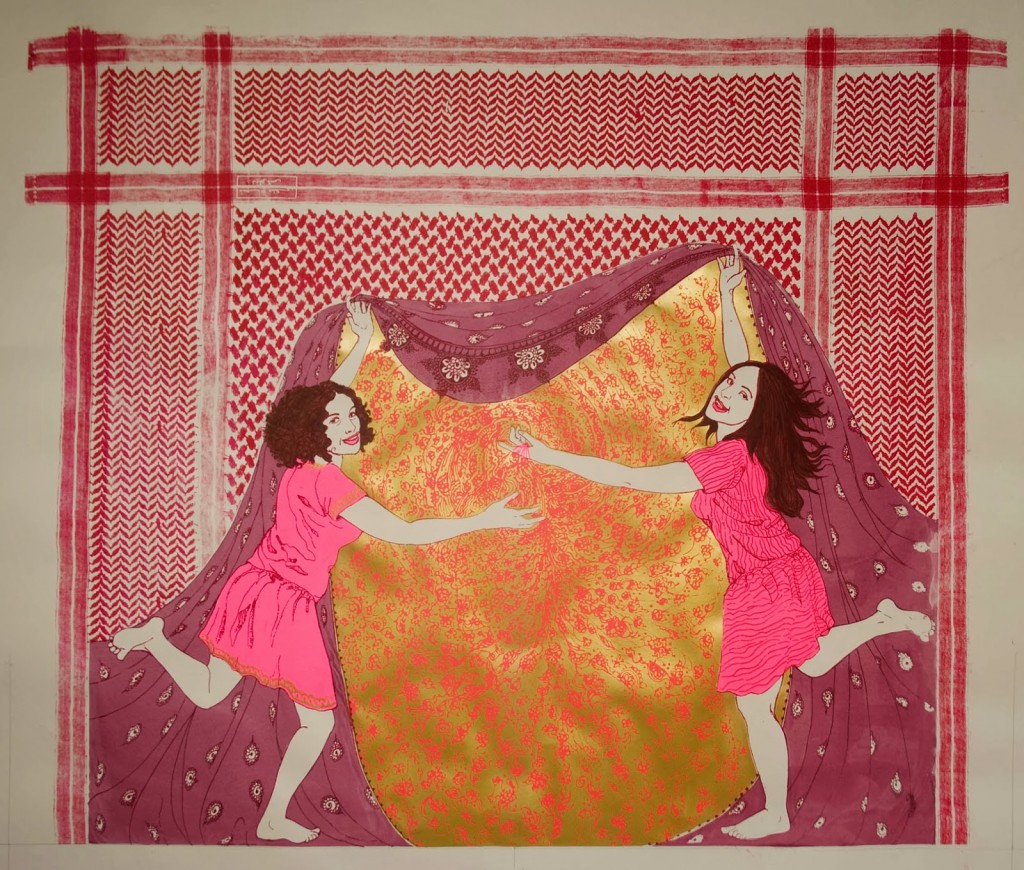
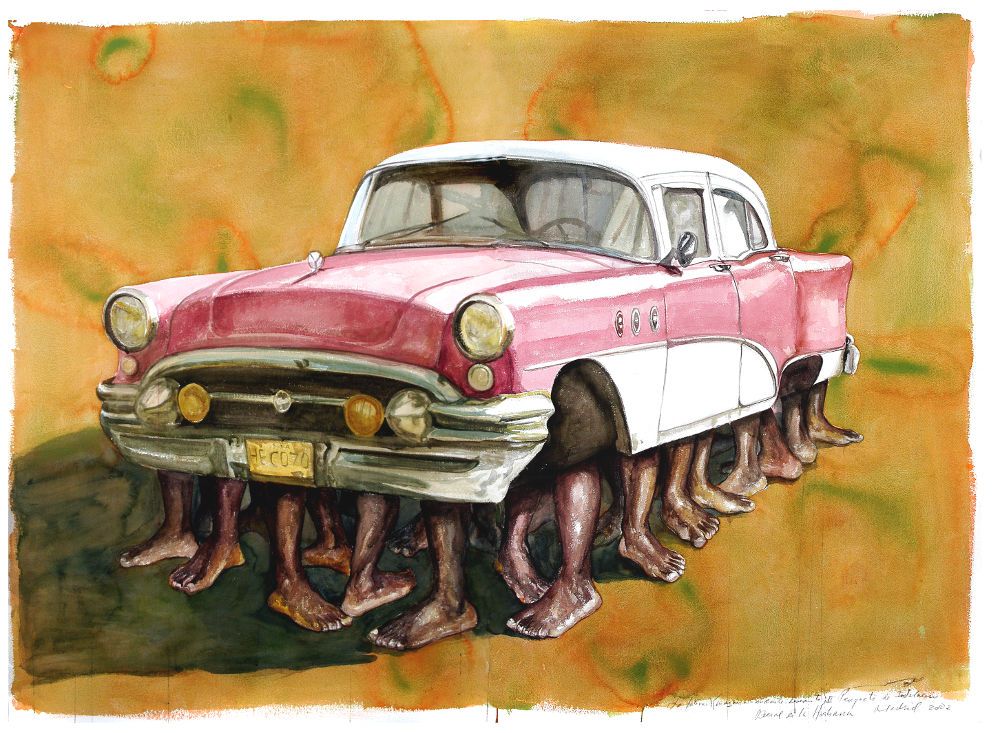
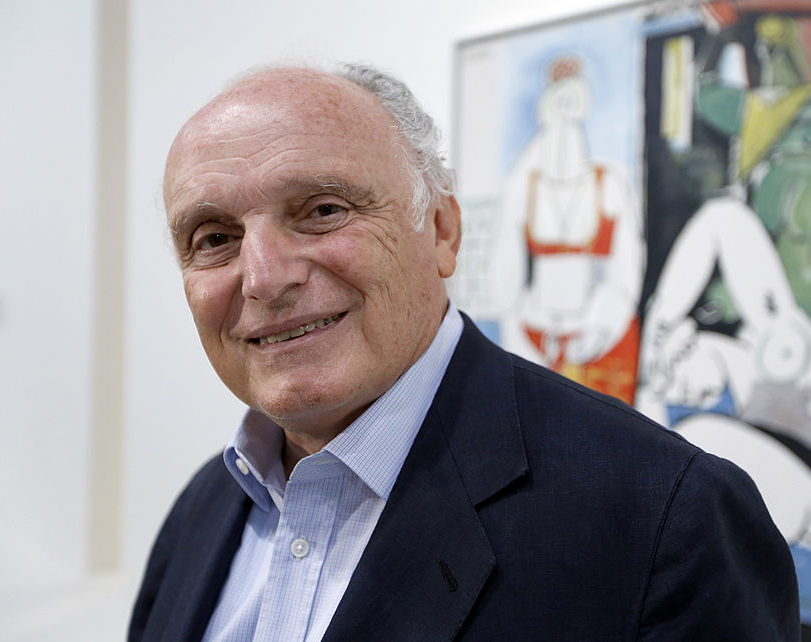
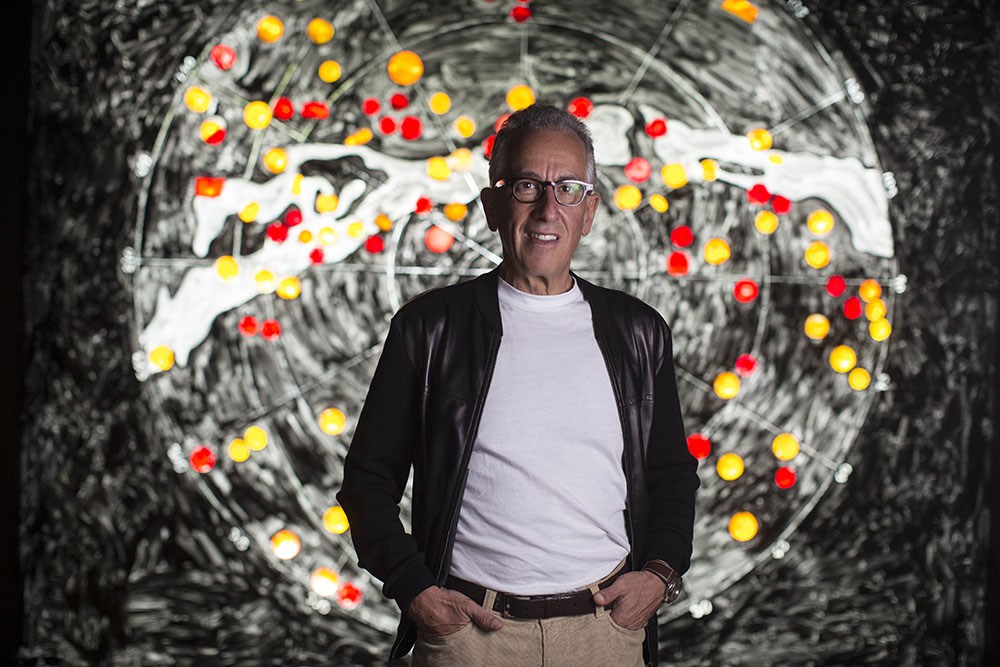
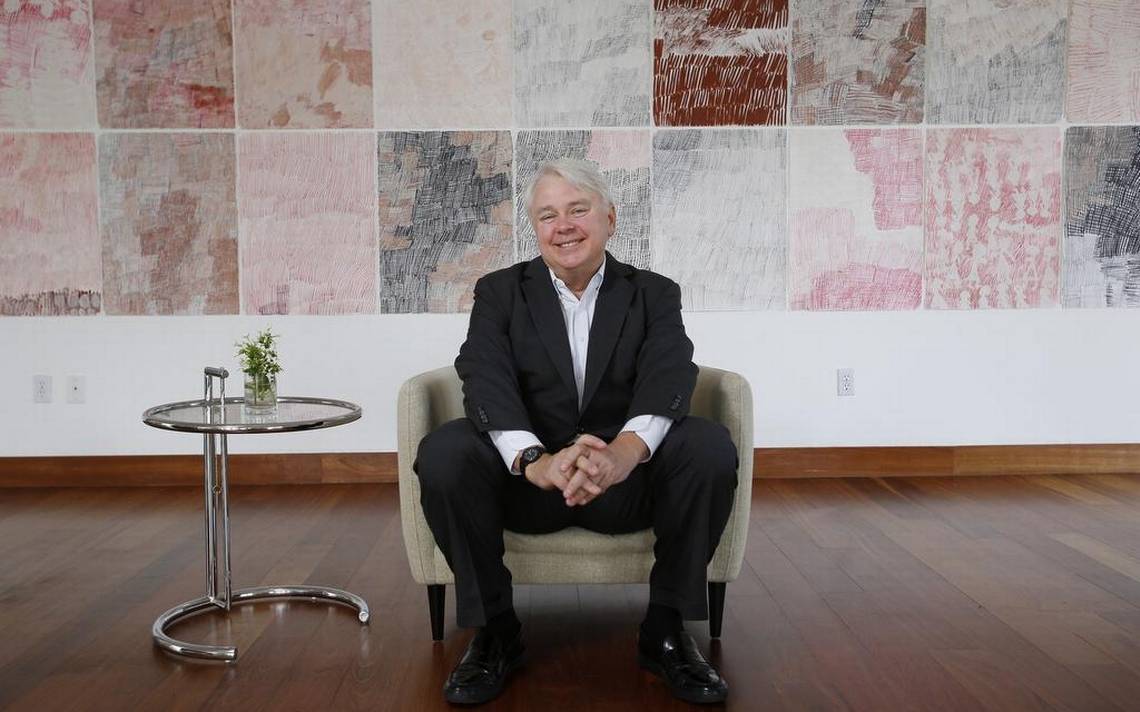
 Saving...
Saving...